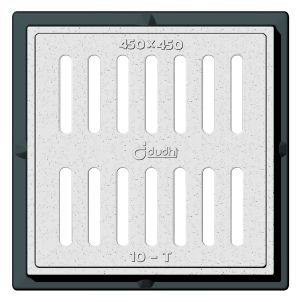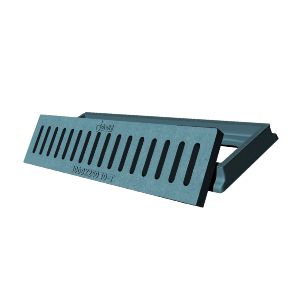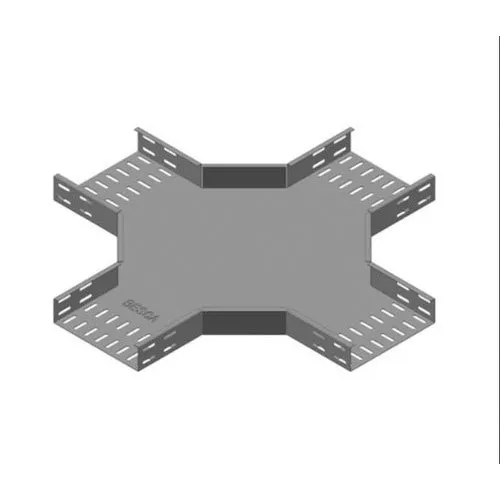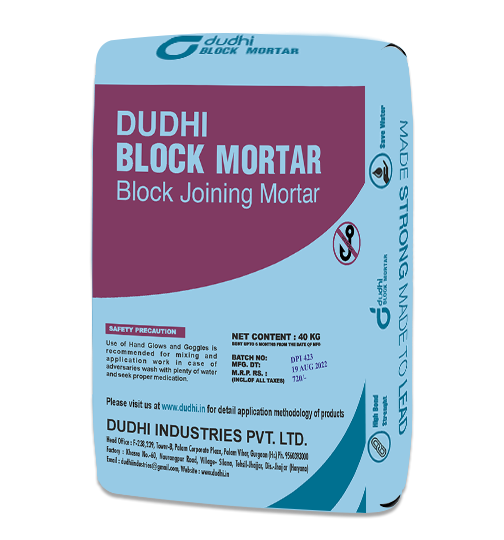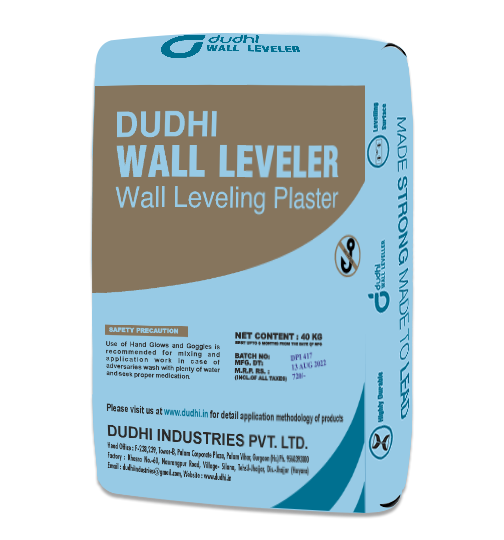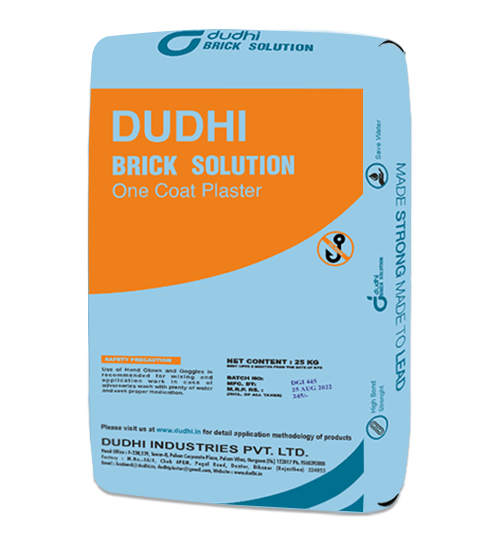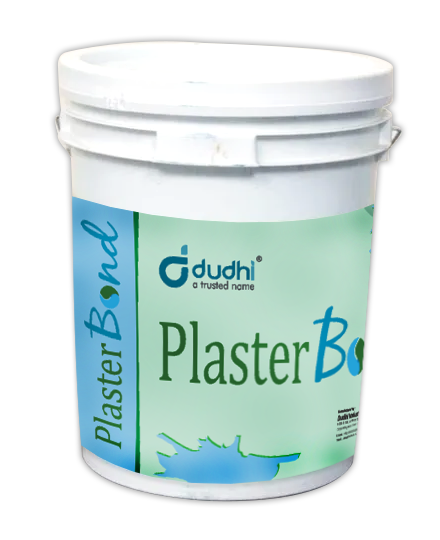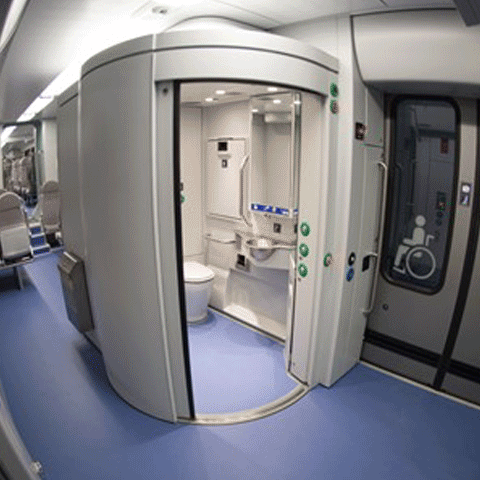BUILDING INFORMATION MODELLING (BIM)
Overview
Here are a few collaborative working methods that can be implemented by all participants involved in the construction sector:
- Communication and Coordination: Communication is key to the success of any construction project. Collaborative working begins with effective communication and coordination between all participants, such as architects, engineers, contractors, and subcontractors. Regular meetings, site visits, and project updates can help to ensure that everyone is on the same page.
- Sharing of Information: As mentioned earlier, BIM is a tool that allows for the sharing of information in real-time. This method can be applied to other technologies, such as cloud-based project management software or even shared spreadsheets. Such tools ensure that everyone has access to the same information at the same time, reducing the risk of errors and omissions.
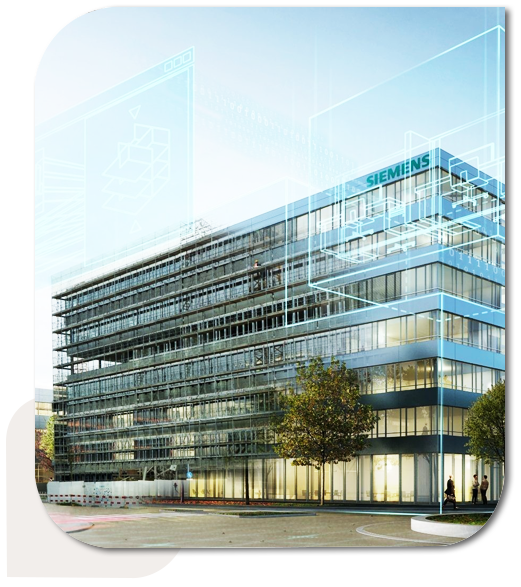


- Integration and Involvement: All parties should be involved in the decision-making process from the outset. When all parties are integrated into the project, they can share their expertise and work collaboratively towards common goals. This can help to reduce the risk of mistakes and encourage innovative solutions that can improve the project’s outcomes.
- Continuous Improvement: Continuous improvement is an important aspect of collaborative working. The participants should be open to feedback and suggestions for improvement, and they should be proactive about addressing any issues that arise. This ensures that the project can be refined and improved as it progresses.
In conclusion, collaborative working methods and technologies like BIM can help to streamline construction projects, reduce risks, and save time. By working together, all participants can bring their knowledge and expertise to the project, ensuring that it is completed to the satisfaction of all stakeholders involved.






